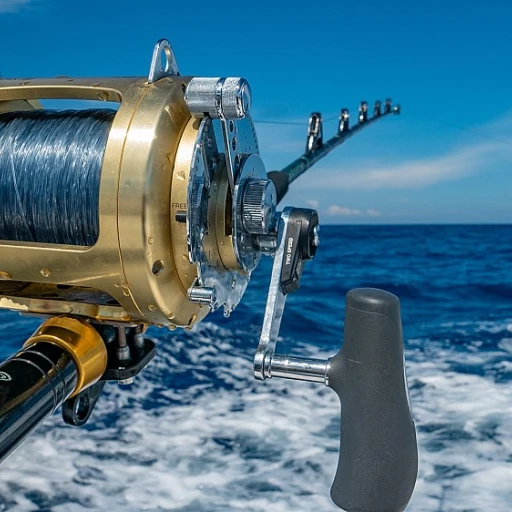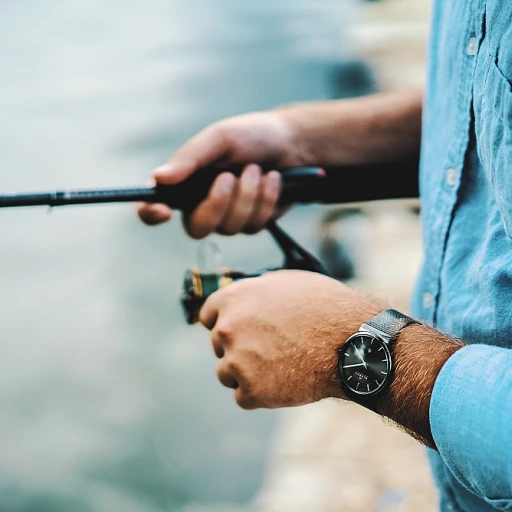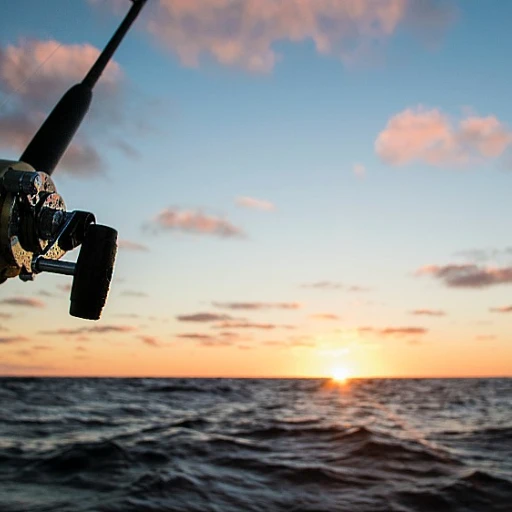
Understanding the 4 pound bass: size and significance
What makes a 4 pound bass special?
Landing a 4 pound bass is often seen as a milestone for both novice and seasoned anglers. These fish aren't just larger than your typical catch; they herald a fishing adventure that stands apart. The largemouth bass, specifically, is one of the most coveted targets, renowned for its fight and tenacity.
How big is big?
For context, the average largemouth bass can range between 1 to 2 pounds, making a 4 pounder a significant trophy. These fish usually measure around 18-20 inches in length. According to the Texas Parks and Wildlife Department, a largemouth bass of this caliber falls within the percentile of the top bass caught each year.
Fighting spirit and thrill
Bass, especially those around 4 pounds, put up a thrilling fight that can test an angler's skill and patience. Their unpredictable dashes and leaps out of the water add an element of excitement. Anglers often recount these battles with fervor, describing the adrenaline rush of reeling in such a feisty contender.
George Perry and the enduring legacy
The legendary George Perry, who in 1932 caught a world-record 22 pound, 4-ounce largemouth bass, has left an indelible mark in the fishing world. Perry's catch from Montgomery Lake still resonates today, setting benchmarks for anglers aiming to make their mark. Meanwhile, in Japan, Manabu Kurita came close in 2009, matching the record albeit with a slight controversy due to the fish's exact weight.
Scientific perspective
According to fisheries biologists, a 4 pound bass reflects a well-balanced ecosystem. Factors such as diet, habitat, and genetic disposition contribute to their growth. These fish typically thrive in nutrient-rich waters with ample food sources, such as bluegill sunfish.
Essential gear for targeting big bass
Essential gear for landing a big bass
When you're on the hunt for a big bass, especially the elusive 4 pounder, your gear makes all the difference. According to the Texas Parks & Wildlife Department, properly selected equipment can increase your chances significantly. Here’s a breakdown of what you need to step up your game.
Rod and Reel: Opt for a sturdy medium-heavy rod paired with a high-quality reel. Brands like Shimano and Daiwa offer models acclaimed for their durability and performance. The Shimano Curado, for instance, is a favorite among anglers for its smooth casting and retrieval action.
Line: A strong, braided line in the 15-20 pound test range works best. It offers the sensitivity and strength needed to handle a big bass. Don’t skimp on the quality of your line, as the last thing you want is it snapping while reeling in a hefty fish.
Lures: Versatile lures like plastic worms, crankbaits, and topwater frogs can be incredibly effective. Experimenting with different lure types can sometimes make the difference. As Ken Duke, bass fishing expert at Bassmaster points out, “Bass can be unpredictable, so having a variety of lures is key.”
Hooks: Quality hooks are essential to secure that 4 pound bass. Brands like Gamakatsu and Mustad are known for their reliability. Hook sizes that range from 3/0 to 5/0 are typically recommended for largemouth bass.
Drag Setting: Don’t overlook your drag setting. Set it tight enough to control the fish but loose enough to allow some give. An overly tight drag can lead to line breakage, while a loose drag may not let you control the fish effectively.
Landing Net: A durable landing net with a large hoop and deep mesh is invaluable. Ensuring your net is fish-friendly can also contribute to conservation efforts, keeping the bass healthy for potential catch-and-release.
Tackle box essentials
A well-organized tackle box can be your best friend out on the water. Make sure to have a variety of hooks, weights, and lures. Backup gear, like spare line and pliers, should also be on hand. Every fisherman has their own must-haves, but versatility and preparedness are universally agreed upon.
Comfort and convenience
Comfort on your fishing trip can’t be overstated. Long days require good sunglasses, a hat, and proper hydration. Invest in a good tackle bag to keep your gear organized and easily accessible. A comfortable fishing chair or standing platform can also make a significant difference during long wait times.
By having the right gear, you'll not only improve your chances of catching that4 pound bass, you'll also make the overall fishing experience more enjoyable and relaxed. Remember, it's about combining patience, skill, and the right equipment.
If you’re interested in more about the giants of freshwater fishing, check out this insightful guide.
Best locations to find 4 pound bass
Prime spots for hooking a 4 pounder
Discovering the best locations to land a four pound bass isn't just about luck; it involves knowing where these big fish like to hang out. Here are some top spots where anglers have reeled in hefty bass, supported by expert insights and real-life data.Lakes that give big rewards
Many of the trophy 4 pound bass catches happen in some well-known lakes. According to the Texas Parks and Wildlife Department, lakes like Lake Okeechobee in Florida and Lake Dixon in California are hotspots for largemouth bass. These waters have thriving bluegill sunfish populations, providing ample food supply for bass to bulk up.Lake Biwa in Japan and Lake Fork in Texas are must-visit locations too. Manabu Kurita caught a record-tying bass at Lake Biwa, solidifying its reputation as a producer of massive fish, including many specimens in the 4 pound range. In Texas, intensive management and ideal habitats in lakes like Lake Fork mean that these waters regularly yield big catches, supported by dedicated fisheries biologists. Timing can also be a game-changer when targeting big bass. Check out our comprehensive guide to the fishing calendar for more on understanding peak times for bass activity. Knowing when to cast your line can be as important as the location. Delving into the specifics of these prime fishing spots ensures you’re not casting in the dark waters of uncertainty. Happy fishing, and may your next trip land you that story-worthy 4 pound bass.Techniques for catching a 4 pound bassTricks with plastic wormsPlastic worms are a staple for any avid bass angler. Their versatility is legendary, and they can be rigged in multiple ways, including Texas, Carolina, and wacky. When you're gunning for that 4 pound largemouth bass, Texas rigged plastic worms can give you the edge. The key is to use a slow, methodical presentation, pausing between twitches to mimic a vulnerable prey.Mastering the art of flipping and pitchingFlipping and pitching are techniques that let you target bass hiding in heavy cover. They might sound like the same thing, but they each have their quirks. Flipping involves letting out enough line to create a loop and then lowering the bait into the strike zone with as little splash as possible. Pitching is about precision casting, especially useful around docks, logs, or lily pads. Using these techniques, you can lure a 4 pound bass out of its hiding.Topwater lures for explosive strikesThe sight and sound of a bass striking topwater lures—buzzbaits, poppers, or frogs—are unparalleled. Early morning or late evening, when the water is calm, is the best time to use these lures. For instance, at Lake Dixon in California, anglers have reported spectacular catches using topwater lures. The excitement of seeing a largemouth bass break the surface for your lure is hard to beat.Understanding seasonal movementsKnowing the seasonal patterns of bass can exponentially increase your success rate. In spring, bass move to shallow waters for spawning, making them more accessible. During summer, they retreat to deeper, cooler waters. Fall sees bass becoming aggressive, feeding heavily to prepare for winter. Understanding these seasonal patterns helps in effectively targeting a 4 pounder.Jigging for big bassJigs are a tried-and-true method for catching big bass. They can be used year-round and in various water conditions. Use a heavy jighead paired with a crawfish trailer. Cast it into known bass hangouts, let it sink to the bottom, and use a hopping retrieval method. This emulates the movement of a fleeing crawfish, making it irresistible to bass. Persistence pays offStay persistent. Many anglers, including seasoned professionals, will tell you that catching a 4 pound bass often requires patience. Consistency, attention to detail, and learning from every trip can significantly impact your success rate. Keep refining your approach, and those unforgettable 4 pounders will become more common in your catch log.Real-life stories from anglersUnforgettable bass fishing adventures
Landing a 4 pound bass is more than just a fishing trip—it's a moment etched in memory. Take, for instance, the story of Mike Wilson in Texas. Using a trusty topwater lure, Mike coaxed a largemouth to the surface, resulting in an exhilarating battle that ended with him triumphantly holding a hefty 4 pound bass by Montgomery Lake. Mike now recounts that memory at every family game night, a symbol of patience and skill.
The thrill of the chase
Everyone has their unique tale about the “one that didn't get away.” Emily Harris from Florida recalls her encounter with a 4 pounder in Lake Okeechobee. Encouraged by a tip from her grandfather, she strategically positioned herself near submerged vegetation where big bass lurk. The thrill she felt when her line tugged is something she says she’ll always chase.
A record to aspire to
Let's not forget the legends of the sport. Records like George Perry's massive 22 pound 4-ounce largemouth bass set a high bar for any angler. On that fateful day in Georgia, Perry and his friend Jack Page experienced not just a catch, but a life-defining moment. Similarly, Manabu Kurita made headlines when he tied Perry's record at Japan's Lake Biwa in 2009, showing that determination and knowledge truly pay off.
Community and camaraderie
Fishing is as much about community as it is about the catch. Alan Green from California shares how every fishing trip morphs into a storytelling session with fellow anglers discussing everything from tackle tips to the biggest catches. Last winter, he was able to reel in a 4 pounder at Lake Dixon—a popular spot among those hoping to catch their personal best.
The conservation aspect
Fisheries biologists play a crucial role in maintaining healthy bass populations. Without conservation efforts and scientific monitoring, tales of landing a 4 pound bass might become rarer. Credit must go to those professionals who ensure future generations can enjoy pulling that trophy fish from local waters.
Inspirations for future anglers
If you’ve ever caught a big bass, you know the rush and the sense of accomplishment. Whether it’s stories from Texas, Georgia, or Florida, the tales of hard-fought battles and record beasts inspire future anglers. Maybe your story will be the next shared around a campfire or highlighted in a fishing magazine!
The role of fisheries biologists in bass conservation
The behind-the-scenes work of fisheries biologists
Ever wondered who’s making sure our lakes and rivers teem with big bass like that elusive 4 pounder? It’s the unsung heroes, fisheries biologists, who play a pivotal role. These experts diligently monitor fish populations, ensure the health of various species, and maintain the delicate balance of aquatic ecosystems.
For instance, fisheries biologists in Texas perform annual surveys of fish populations in key lakes, using nets and electrofishing techniques to estimate the quantity and health of fish like the largemouth bass. They then use this data to recommend regulations and management practices that help maintain or improve these populations.
In recent years, George Perry's record largemouth catch has inspired a surge of conservation activity. The Texas Parks and Wildlife Department even launched the ShareLunker Program, encouraging anglers to donate big bass weighing 13 pounds or more for breeding purposes. The progeny of these behemoths are then stocked back into the lakes, ensuring that the genes for large size continue to circulate.
Case study: Lake Dixon and state programs
Lake Dixon in California is a perfect example of what comprehensive fisheries management can achieve. Previously, this 70-acre lake was relatively unknown in the bass fishing community. But with strategic stocking and habitat improvements spearheaded by fisheries biologists, it’s now famous for producing big bass, including the near-record 25.1-pounder caught by Mac Weakley in 2006.
Fisheries biologists also keep a keen eye on the genetic makeup of bass species. Take Florida, for example, where biologists carefully manage stocks of Florida-strain largemouth bass, known for their potential to grow larger than their northern counterparts. These efforts ensure that anglers have a better shot at catching trophy bass in the state’s prime fishing waters like Lake Okeechobee.
Implementation challenges
Despite the triumphs, the work isn’t without its challenges. Balancing angler satisfaction with conservation goals can be tricky. Overfishing is a constant threat, as is habitat destruction from urban development. This is where community involvement becomes crucial. Anglers who practice catch and release, participate in stocking programs, and follow local regulations contribute to the ongoing success of these conservation efforts.
According to Dr. Michael Allen, a fisheries biologist at the University of Florida, “Sustainable fishing practices and informed management strategies are key to preserving our freshwater resources for future generations.”
Record-breaking bass: George Perry and Manabu Kurita
Legendary anglers reshaping bass history
If you're into bass fishing, you've probably heard the names George Perry and Manabu Kurita whispered with a mix of reverence and awe. Their legendary catches reshaped our understanding of what was possible in the bass fishing world.
George Perry's iconic catch in 1932 remains a touchstone for angling enthusiasts. This 22-pound 4-ounce largemouth bass, caught in Montgomery Lake, Georgia, was a marvel. Perry's feat established a longstanding record that endured for decades. For context, imagine the excitement of reeling in a bass the weight of a large watermelon!
In July 2009, Manabu Kurita from Japan shattered pre-existing records by catching a bass weighing an astounding 22 pounds 5 ounces at Lake Biwa. Echoing Perry's legacy, Kurita's catch threw the spotlight on an international stage, marking the moment as a monumental milestone for the angling community. Observations from fisheries biologists confirm that pound-for-pound, these bass were extraordinary specimens.
The benchmark for today's anglers
Incredibly, much has changed since these records were set. Modern fishing technology and techniques have evolved, yet anglers still chase that elusive 'big one,' longing to replicate Perry's and Kurita's success. These record-setting pros not only captivated the hearts of hardcore anglers but also sparked significant discussions in recreational fishing circles.
The fish that changed the game
George Perry and Manabu Kurita's monumental catches did more than just break records; they inspired generations of anglers to dream bigger. Perry's technique involved old-school methods, while Kurita used contemporary gear and localized knowledge. Both their approaches serve as timeless lessons in patience, skill, and a deep understanding of bass behavior.
Revisiting these stories inspires us to push limits. They remind us of why we wake up at dawn, why we meticulously choose lures, and why we patiently wait for the perfect moment. These anglers didn't just catch fish; they captured imaginations.
Be sure to check out the full article on legendary fishing spots to delve deeper into where these iconic catches took place.

-large-full.webp)


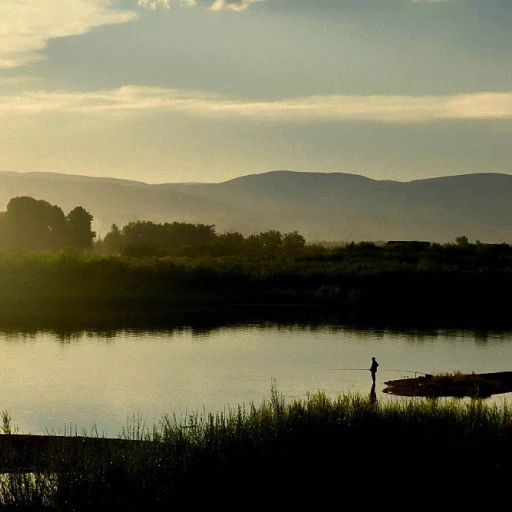

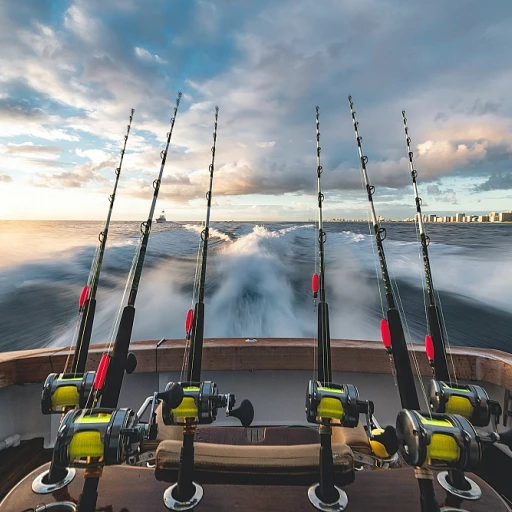
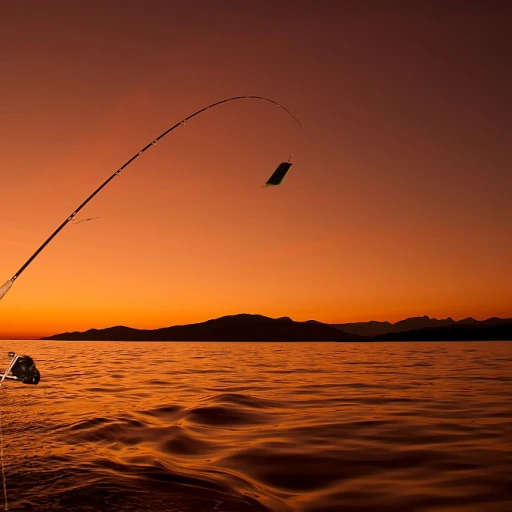
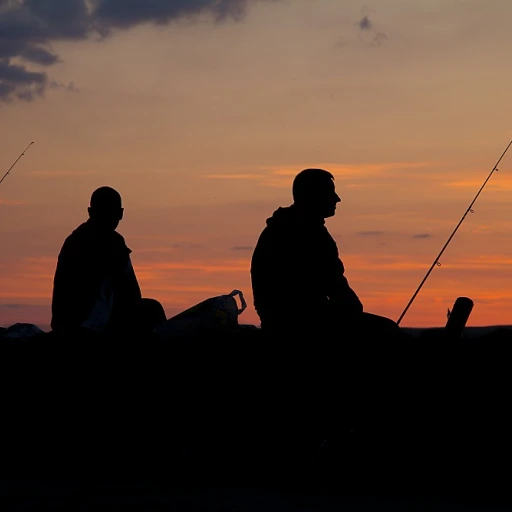

-large-teaser.webp)
